Nowadays, young people spend 42% of their time in one week in the office, so a healthy and comfortable office lighting environment is essential to the employees’ mood and working efficiency. Lamps are more than a lighting tool, but a fundamental part of the office.
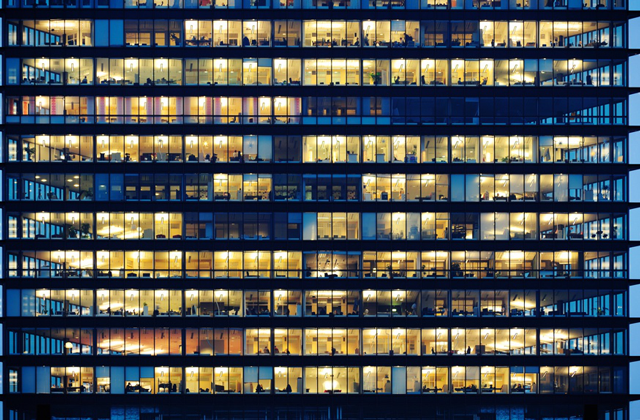
Then, how can we create a premium office lighting environment?
In order to make the office space more innovative and pleasant, we pay great attention to the details of the office environment, humanized lighting design and smart solutions, so as to free people from the tedious and complicated daily routine and enjoy a more comfortable office lighting experience. Therefore, the core ideas of the space design for office buildings are mainly reflected in three aspects:
1. Smart interaction
Use sensors to achieve dynamic adjustment of natural light and artificial light and interact with smart curtains, creating a smart, efficient and comfortable light environment.
2. Balanced lighting
Balance the difference in brightness between the working area by the window and the core working area, so as to enhance the space features and inspire enthusiasm at work.
3. Progressive lighting
Well control dimming and increase lighting progressively.
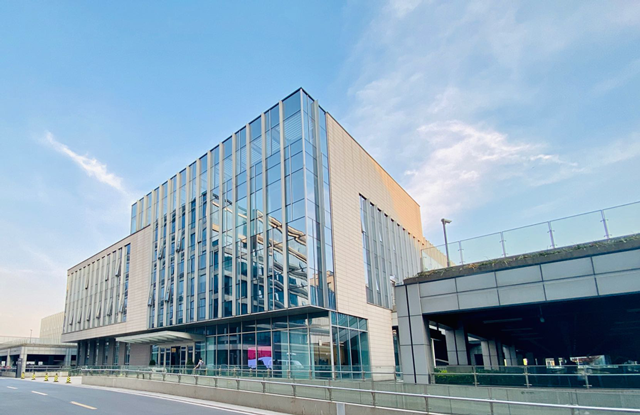
Let's follow OPPLE to learn about office lighting Solution
As the company's entrance image, the LOGO wall at the front desk can be displayed with a polarized wall washer to light up the space without any lamps in sight.
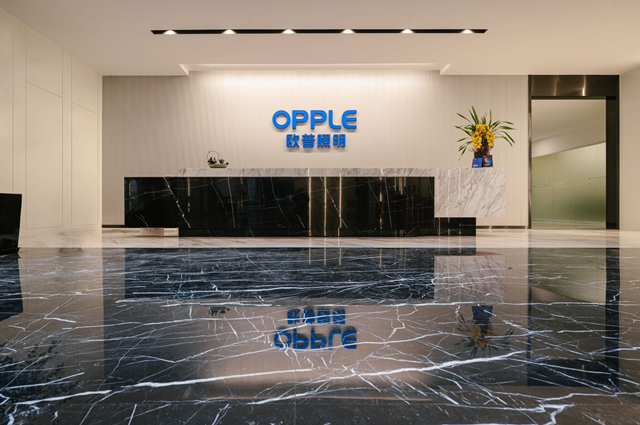
Office space is generally divided into three major areas, namely the open office area, the independent office and meeting room. For each area, the system can sense the sunlight and automatically adjust the indoor brightness to the most comfortable state.
The smart control system can quickly switch to the expected mode to adapt to diversified working modes and changing meeting scenarios. In the preset mode, the lighting system will be automatically turned on in the morning to welcome the employees; during off-work hours, the leaving mode will be automatically turned on and all lights will be turned off. When there are staff working overtime, the system will automatically turn on the lights near the occupied area, and then automatically turn off the lights in that area when the staff are away for a certain period of time.
In addition, taking advantage of the illuminance sensors, the system can automatically adjust the brightness of the lamps in the office area according to the indoor and outdoor illuminance. This leads to a more efficient use of lighting, while greatly saving energy and prolonging the lifespan of the lamps.
Open office area
As the largest area in office space, the open office area contains all functional departments of the company, including computer operation, writing, telephone communication, thinking, work communication and other office activities. Therefore, in terms of lighting, the work area should be illuminated as uniformly as possible. The designer may combine direct and indirect lighting and use color-temperature adjustable lamps to interact with the daylight adjustment system (smart curtains), so as to create a smart, efficient and comfortable light environment and improve work efficiency.
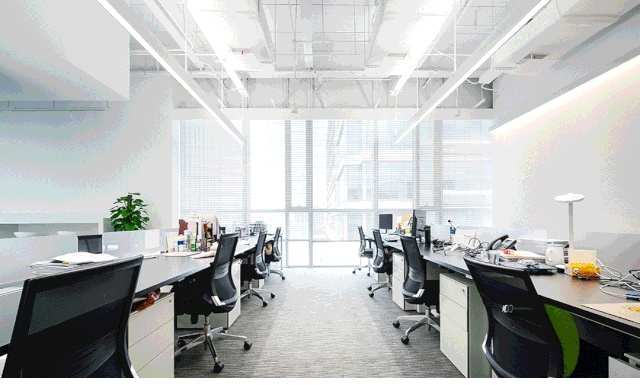
Independent office
Serving generally as the office of the supervisors, the independent office reflects the user’s age, gender and personality. It is a relatively private space, and at the same time has functions such as office, interview and meeting. Therefore, the lighting designer should consider how to better balance functionality and privacy.

The wall should be different seen from the office seat and from the rest lounge area: it is ideal that the employees see a uniform and bright wall at work, which helps to boost their spirits; while a wall with a rhythm of lighting during chat and rest, which helps to relax the mood. The independent office can also be equipped with an independent smart switch panel to control the lights and curtains in the office. A variety of modes can be preset so as to make instant switch between different modes. When night falls and the natural illuminance is reduced, the brightness of lamps will be automatically adjusted. In cozy mode, the lamps are dimmed and the curtains are lowered.
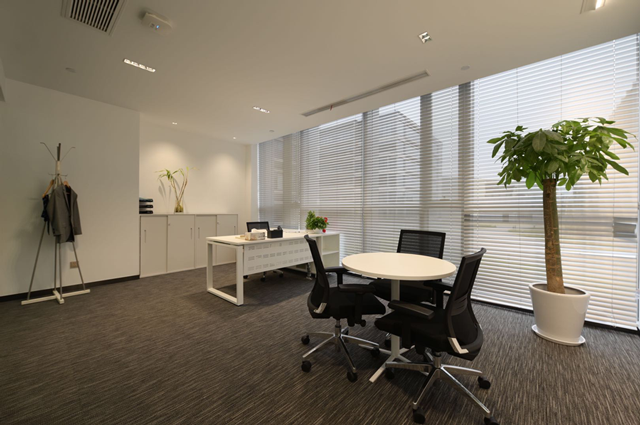
Meeting room
The meeting room is a functional space mainly used for meetings, discussions, and negotiations. Therefore, the lighting in the meeting room should be able to meet the different needs of various scenarios. Since the table is an important component in this space, it is the main area to be considered for the lighting design. Usually, the main lamp should be installed above the table, which combining with the surrounding auxiliary lighting and with a smart control system, can meet different needs. It should be noted that people attending meetings in this space need to clearly observe each other's facial expressions, so the uniformity of lighting is required.
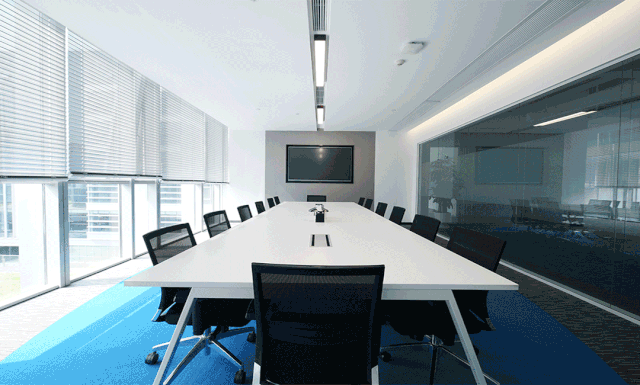
The meeting room and office area can be automatically controlled through sensors. When people come in, the lights turn on; after people leave, the lights turn off automatically in 5 minutes. At the same time, it can also be manually controlled through the Bluetooth panel to easily achieve full on, full off, brightening, dimming and other adjustments to meet different needs.

“Openness and sharing, soft boundaries, informatization, affinity are salient features of a modern office space." Humanization, high comfort, environment-friendliness, smartness are four major trends of office lighting. The overall goal is healthy, efficient and energy-saving.



